I have a Cocoa document based app. I want the "main window" to be managed by my subclass of NSWindowController. I have created the subclass and laid out its interface in a .xib file with the same name. I ultimately want the same behaviour as if the NSDocument managed the window, but instead have it managed by an NSWindowController.
First of all, how do I do it? Second, are the anything special I have to think about when going with this approach, such as how to handle open and save?

